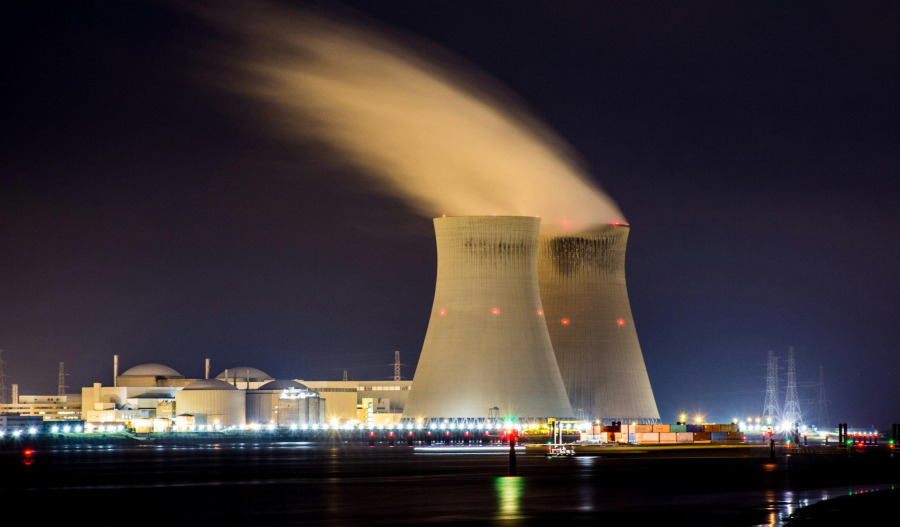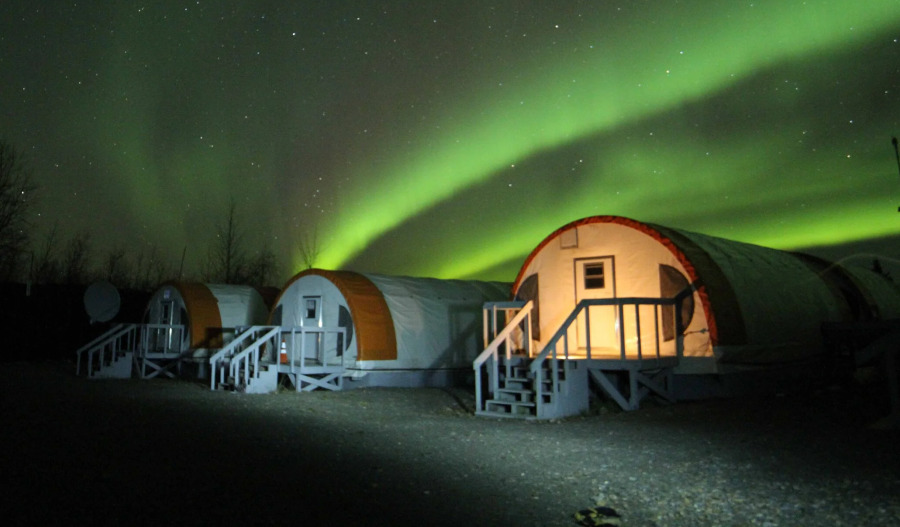Akin to a narrative borne out of a science fiction movie, the White House has escalated the global AI tech race, signing an executive order (EO) to mobilise the United States federal scientific apparatus for what it calls the "Genesis Mission".
It tasks the Department of Energy (DoE) with constructing the "American Science and Security Platform" - a centralised, closed-loop network designed to pool the computing power of 17 National Laboratories with private sector hyperscalers.
President Trump’s directive signals that the U.S. scientific engine is stalling, and requires a silicon and synthetic intelligence injection to restart.
Signed Monday, the order mandates the DOE demonstrate operational capability within nine months, turning the nation's nuclear and energy research hubs into a singular "scientific instrument".
Mission: Genesis
- Nvidia & AWS tapped: The private sector will provide the compute, with AWS already committing US$50 billion to U.S. government infrastructure
- China’s shadow: The order cites the need to outpace "global rivals", a reference to Beijing’s state-led "AI for Science" roadmaps
- Energy demand: Officials admit the build-out will demand significant power, aiming to offset costs through eventual grid modernisation breakthroughs
The use of the term Genesis is a follow on from NASA's 20+ year-old Genesis mission, a space journey that returned high-impact scientific data for cosmochemistry, solar physics and space weathering.

And the Trump administration is comparing the new mega resource mobilisation to the creation of the atom bomb during World War II.
"In this pivotal moment, the challenges we face require a historic national effort, comparable in urgency and ambition to the Manhattan Project," said Trump as part of the EO.
For instance, the DoE is opening its proprietary datasets - decades of research in nuclear fusion, materials science, and biotechnology - to train new "scientific foundation models".
DoE Secretary Chris Wright has echoed Trump's rhetoric on Genesis' importance.
“Throughout history, from the Manhattan Project to the Apollo mission, our nation's brightest minds and industries have answered the call when their nation needed them,” Wright said.
"Today, the United States is calling on them once again."
The plan leverages supercomputing clusters at Oak Ridge and Argonne National Laboratories, aiming to compress discovery timelines from years to weeks.
Michael Kratsios, the White House tech tsar, framed the mission as a necessary pivot to reclaim technological leadership.
"The Genesis Mission connects world-class scientific data with the most advanced American AI to unlock breakthroughs in medicine, energy, materials science, and beyond," Kratsios said.
While the U.S. private sector leads in consumer AI, the application of AI to hard science - designing new alloys, drugs, or fusion reactors - requires data held by the federal government.
China's influence
Beijing has been pursuing a similar strategy, directing its state academies to integrate AI into chemical and biological research.
The Genesis Mission is Washington’s answer where American companies like Nvidia and AMD can deploy their chips on government problems in a secure sandbox without leaking IP to adversaries.
Critics note the aggressive timeline and energy demands.
But for a White House focused on "energy dominance" and manufacturing revival, the Genesis Mission is a strategic bet: that the next industrial revolution will be written in code, and it must be written in America.



